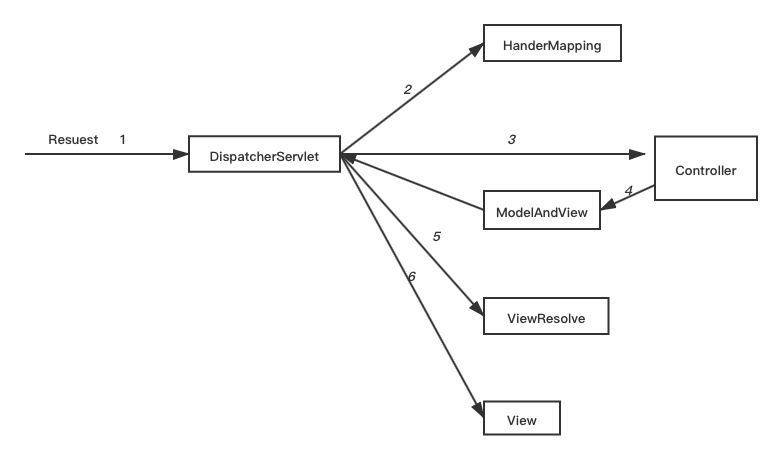I have a .a file from which I want to get architecture information. Running file myFile.a results in file.a: current ar archive. How can I get more information on what architecture the file contains?
问题:
回答1:
You can also skip the ar command and use readelf, via something like:
readelf -h <archive>.a | grep 'Class\|File\|Machine'
[00:32:15] /usr/lib $ readelf -h libxslt.a | grep 'Class\|File\|Machine'
File: libxslt.a(attrvt.o)
Class: ELF32
Machine: Intel 80386
File: libxslt.a(xslt.o)
Class: ELF32
Machine: Intel 80386
... #Trimmed this, it goes on a bit
File: libxslt.a(transform.o)
Class: ELF32
Machine: Intel 80386
File: libxslt.a(security.o)
Class: ELF32
Machine: Intel 80386
[00:32:24] /usr/lib $
In case it's relevant, here's the other information that you can get from readelf -h. I just trimmed the above with grep, obviously:
File: libxslt.a(security.o)
ELF Header:
Magic: 7f 45 4c 46 01 01 01 00 00 00 00 00 00 00 00 00
Class: ELF32
Data: 2's complement, little endian
Version: 1 (current)
OS/ABI: UNIX - System V
ABI Version: 0
Type: REL (Relocatable file)
Machine: Intel 80386
Version: 0x1
Entry point address: 0x0
Start of program headers: 0 (bytes into file)
Start of section headers: 2548 (bytes into file)
Flags: 0x0
Size of this header: 52 (bytes)
Size of program headers: 0 (bytes)
Number of program headers: 0
Size of section headers: 40 (bytes)
Number of section headers: 16
Section header string table index: 13
That output is for one of the object files in libxslt.a, but it gives the same information for each file.
回答2:
Use
lipo -info libExample.a
It will Who the architecture it build for. Other functions like otool or file doesn't give the exact answer and sometimes it to verbose to get the correct information.
回答3:
objdump is another option:
objdump -a file.a|grep 'file format'
回答4:
http://linux.die.net/man/1/ar
extract the object files from the archive and inspect them with file(1), nm(1), etc.
回答5:
I would suggest using objdump instead of lipo. objdump provides detailed information than lipo.





